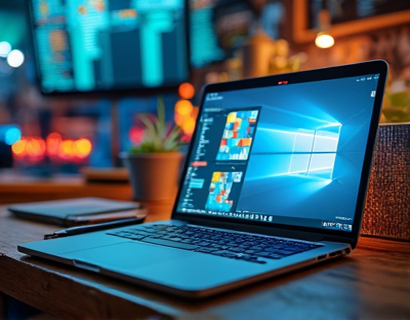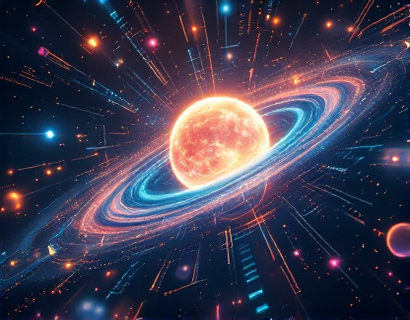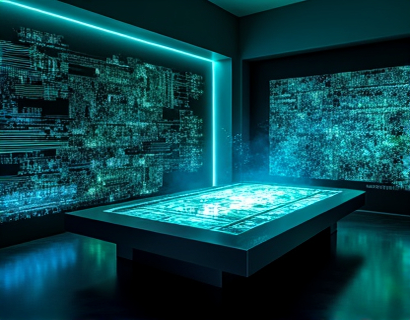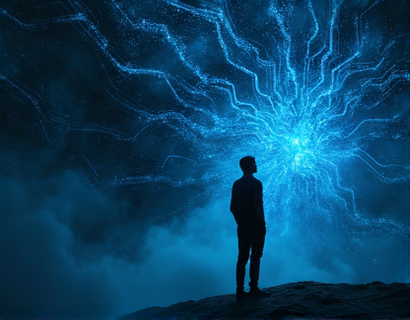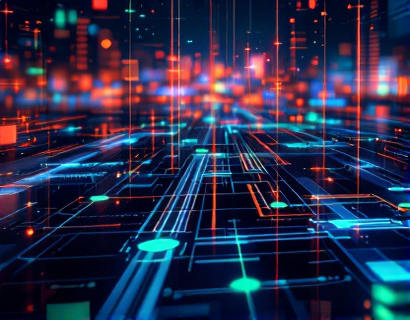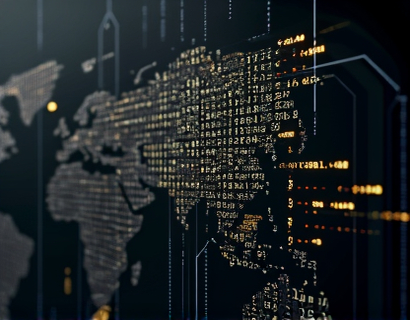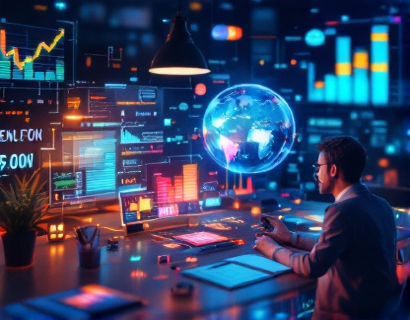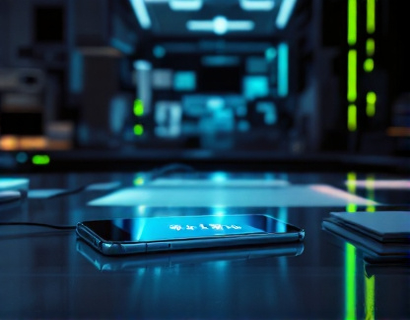AI-Driven Exploration of Egyptian Heritage: Insights and Authentic Artifact Shopping Experience
In the realm of ancient civilizations, few hold as much fascination and mystique as Ancient Egypt. The pyramids, the hieroglyphs, the gods and pharaohs - all elements that have captivated human imagination for millennia. Today, with the advent of advanced technologies, particularly artificial intelligence, the study and appreciation of Egyptian heritage have reached new heights. This article delves into how AI is revolutionizing our understanding of Ancient Egypt and offers a unique shopping experience for those seeking authentic artifacts that connect them to this timeless culture.
Unveiling Ancient Secrets with AI
The integration of artificial intelligence in the study of Ancient Egypt has opened up unprecedented avenues for research and discovery. AI algorithms, capable of processing vast amounts of data, have become invaluable tools for historians, archaeologists, and enthusiasts. These technologies assist in deciphering hieroglyphs, analyzing artifacts, and reconstructing historical narratives with greater accuracy and efficiency than ever before.
One of the most significant contributions of AI in Egyptology is in the field of epigraphy. Machine learning models trained on extensive databases of hieroglyphic inscriptions can now aid in translating texts that have remained undeciphered for centuries. This not only accelerates the pace of research but also allows for a more nuanced understanding of the language and culture of Ancient Egypt.
AI in Archaeological Excavations
AI technologies are also transforming archaeological fieldwork. Drones equipped with advanced imaging systems can survey vast areas, identifying potential excavation sites with precision. Ground-penetrating radar, enhanced by AI, helps in mapping subsurface structures without the need for invasive digging. These tools not only protect the integrity of archaeological sites but also ensure that discoveries are made with minimal disruption to the environment.
Moreover, AI-driven analysis of satellite imagery has led to the discovery of previously unknown ancient settlements and structures. By detecting subtle changes in land topography and vegetation patterns, AI can pinpoint areas of historical significance, guiding archaeologists to potential sites for further investigation.
Enhancing Educational Experiences
The impact of AI extends beyond professional research and excavation. For the general public, AI-powered platforms offer immersive and interactive ways to explore Egyptian history and culture. Virtual reality (VR) and augmented reality (AR) experiences, powered by AI, allow users to step into the world of Ancient Egypt. These technologies bring to life the grandeur of the pyramids, the bustling streets of Thebes, and the daily life of its people, providing an educational experience that is both engaging and informative.
Online courses and educational resources, enhanced by AI, provide in-depth knowledge on various aspects of Egyptian heritage. From the construction techniques of the pyramids to the religious beliefs and practices of the ancient Egyptians, AI ensures that information is accurate, up-to-date, and accessible to a global audience.
Curated Collection of Authentic Artifacts
For those who wish to bring a piece of Ancient Egypt into their homes, a curated selection of authentic artifacts offers a tangible connection to this rich history. These items, carefully sourced and authenticated, range from intricate jewelry and pottery to finely crafted sculptures and tools. Each artifact tells a story, offering a direct link to the artisans and cultures that created them.
The process of selecting these artifacts involves rigorous authentication, ensuring that each piece is genuine and ethically sourced. AI plays a crucial role in this process by analyzing provenance, material composition, and stylistic features to verify authenticity. This technology helps in identifying any signs of forgery or restoration, providing collectors with confidence in their purchases.
Artifact Categories
- Jewelry: Delicate gold pieces adorned with lapis lazuli and carnelian, reflecting the advanced metallurgical skills of the Egyptians.
- Pottery: Handcrafted vessels that showcase the daily life and artistic sensibilities of ancient Egyptians, often featuring intricate designs and hieroglyphs.
- Sculptures: Statues and figurines of gods, pharaohs, and everyday people, carved with precision and detail, offering insights into ancient Egyptian art and religion.
- Tools and Utensils: Everyday items such as knives, mirrors, and cosmetic containers, which provide a glimpse into the practical aspects of ancient Egyptian life.
- Textiles: Fragments of cloth and woven items, which, despite their age, still exhibit the high level of craftsmanship achieved by ancient Egyptian weavers.
The Authenticity Assurance Process
Ensuring the authenticity of artifacts is paramount for collectors and enthusiasts. The process begins with thorough documentation of each item's history, including its discovery location, excavation context, and any associated records. This provenance is critical in establishing the item's authenticity.
AI algorithms analyze this data alongside physical attributes of the artifact. Spectroscopic analysis, radiocarbon dating, and other scientific methods are employed to determine the age and origin of the materials used. Machine learning models compare these findings with known standards and historical records to confirm authenticity.
Additionally, AI-powered databases store information on previously authenticated artifacts, allowing for cross-referencing and pattern recognition. This comprehensive approach ensures that only the most genuine and historically significant items reach the market.
Supporting Cultural Preservation
The sale of authentic artifacts not only provides collectors with unique pieces but also supports the preservation of Egypt's cultural heritage. A portion of the proceeds from these sales is often directed towards conservation efforts and educational programs. By purchasing authentic artifacts, individuals contribute to the ongoing preservation of Ancient Egypt's legacy.
Moreover, the demand for authentic artifacts encourages responsible excavation and documentation practices. This, in turn, promotes ethical standards in the field, protecting archaeological sites from looting and illegal trade. AI technologies play a vital role in monitoring and enforcing these standards, ensuring that the cultural heritage of Egypt is preserved for future generations.
Conclusion
The convergence of AI technology and Egyptian heritage has opened up new dimensions in the study and appreciation of Ancient Egypt. From enhancing research and archaeological excavations to providing immersive educational experiences and ensuring the authenticity of artifacts, AI serves as a powerful ally in keeping the spirit of Egypt alive.
For those interested in exploring this fascinating civilization, a curated selection of authentic artifacts offers a personal connection to its rich history. Each piece, verified and authenticated, stands as a testament to the ingenuity and creativity of the ancient Egyptians. Through these artifacts, we can continue to learn, admire, and be inspired by one of the world's most enduring cultures.











